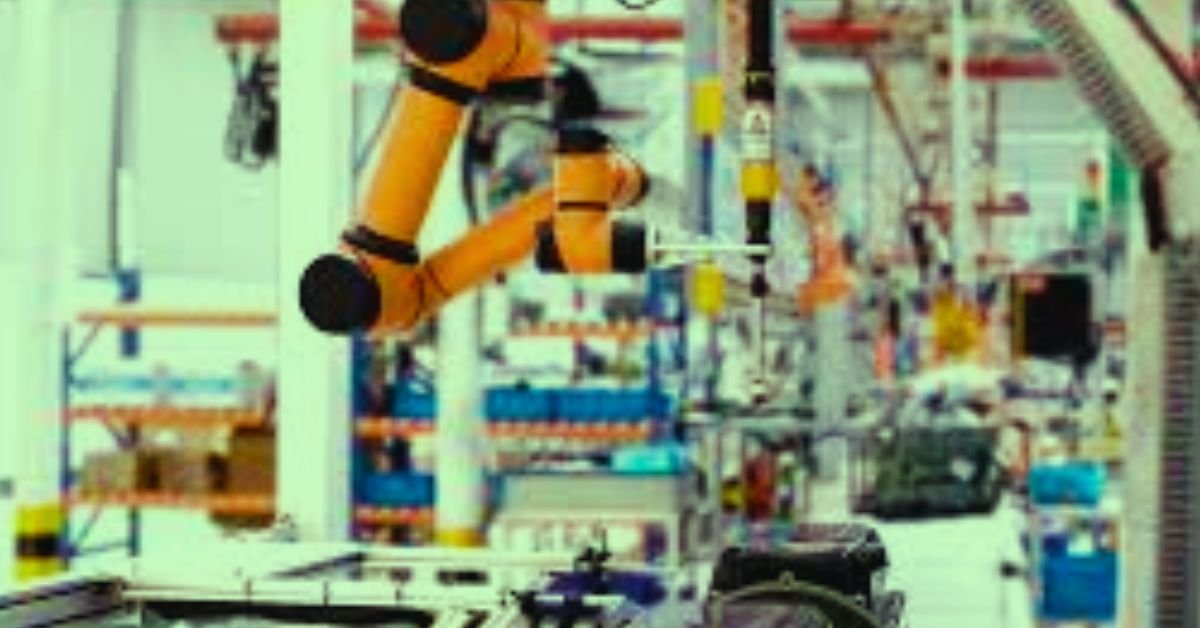In recent years, collaborative robots (cobots) have emerged as a game-changer in industrial automation, offering innovative solutions that enhance productivity, reduce costs, and improve worker safety. Unlike traditional industrial robots, cobots are designed to work alongside humans, making them an ideal solution for industries seeking flexible and scalable automation. In this article, we explore the top five industries that are benefiting the most from the adoption of cobots.
1. Manufacturing
Manufacturing is undoubtedly one of the largest sectors to embrace collaborative robots. Cobots are increasingly used on assembly lines, packaging stations, and quality control processes. Their ability to perform repetitive and physically demanding tasks, such as tightening screws, placing components, and lifting heavy objects, helps reduce the risk of worker fatigue and injury. This not only enhances worker safety but also allows human employees to focus on more complex and creative tasks.
Cobots in manufacturing can be easily reprogrammed and integrated into existing workflows, providing manufacturers with flexibility and a faster return on investment. Their compact size and adaptability make them a perfect fit for small to medium-sized enterprises (SMEs) that require efficient automation solutions without large upfront costs.
2. Automotive
The automotive industry has long been a pioneer in the use of industrial robots, but cobots are now transforming the way automotive manufacturers operate. Cobots assist in tasks like assembly, welding, painting, and material handling, where their precision and consistency are highly valued.
In assembly lines, cobots can work alongside human operators, helping with tasks such as installing intricate parts, without the need for complex safety barriers. This collaboration enhances the overall speed and efficiency of production while maintaining high standards of safety and quality control.
Cobots are also being used in car customization, where they help in performing personalized modifications based on customer preferences. Their adaptability ensures that they can seamlessly integrate into varied production environments, allowing automotive manufacturers to meet specific market demands more effectively.
3. Healthcare
The healthcare industry is rapidly discovering the benefits of cobots, especially in environments like hospitals, clinics, and laboratories. Cobots assist medical professionals with tasks such as patient handling, sorting medications, and providing surgical assistance. In surgical applications, robots can work in partnership with surgeons, providing enhanced precision during delicate procedures.
In laboratories, cobots are employed for repetitive tasks such as pipetting and sample preparation, freeing up lab technicians to focus on higher-level analysis. This reduces the potential for human error, speeds up research and development processes, and improves overall productivity.
In the patient care sector, cobots can help lift and move patients, reducing the strain on healthcare workers and improving the patient experience. Their ability to interact directly with human workers in close proximity makes them invaluable in this sensitive field.




